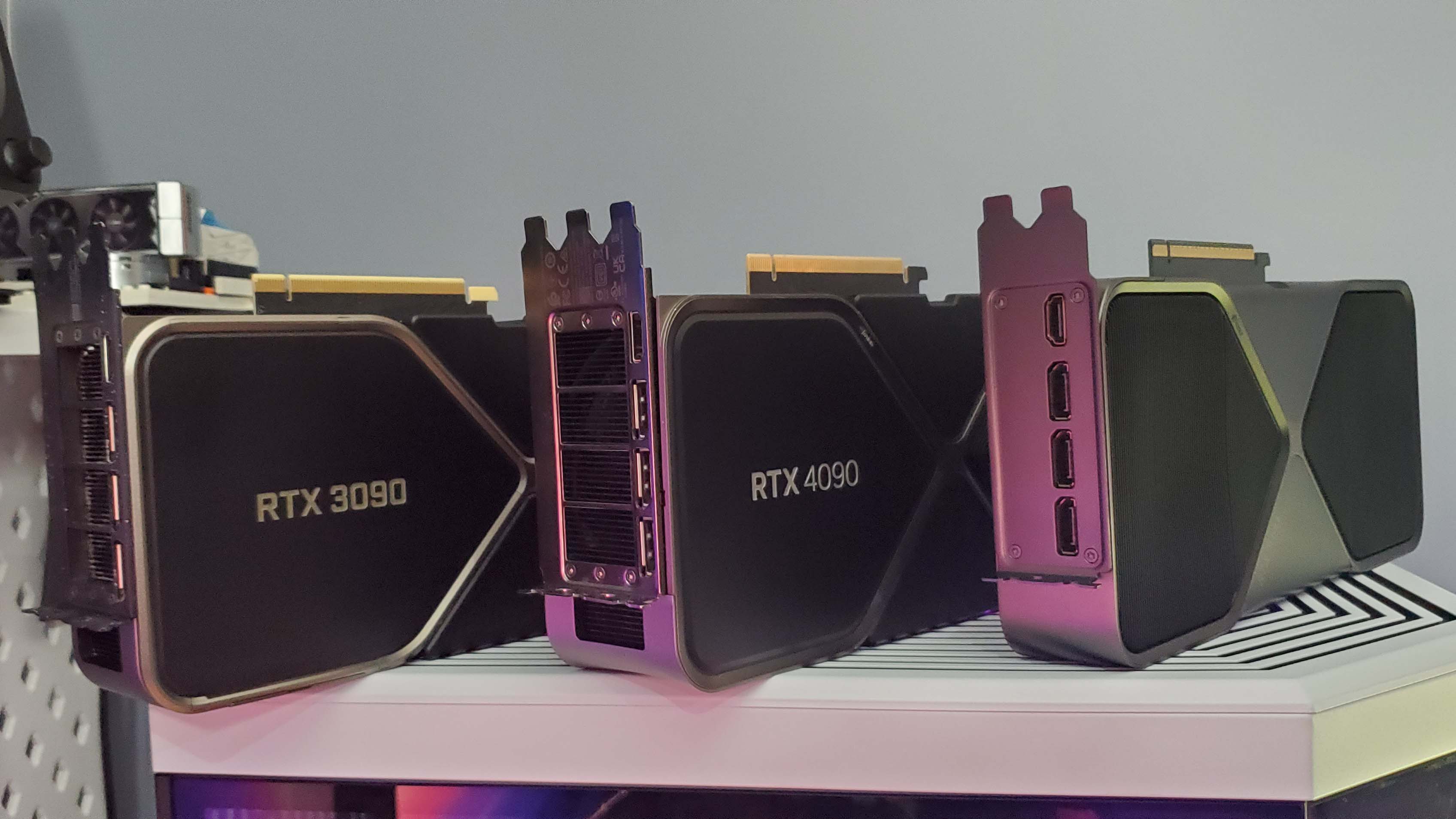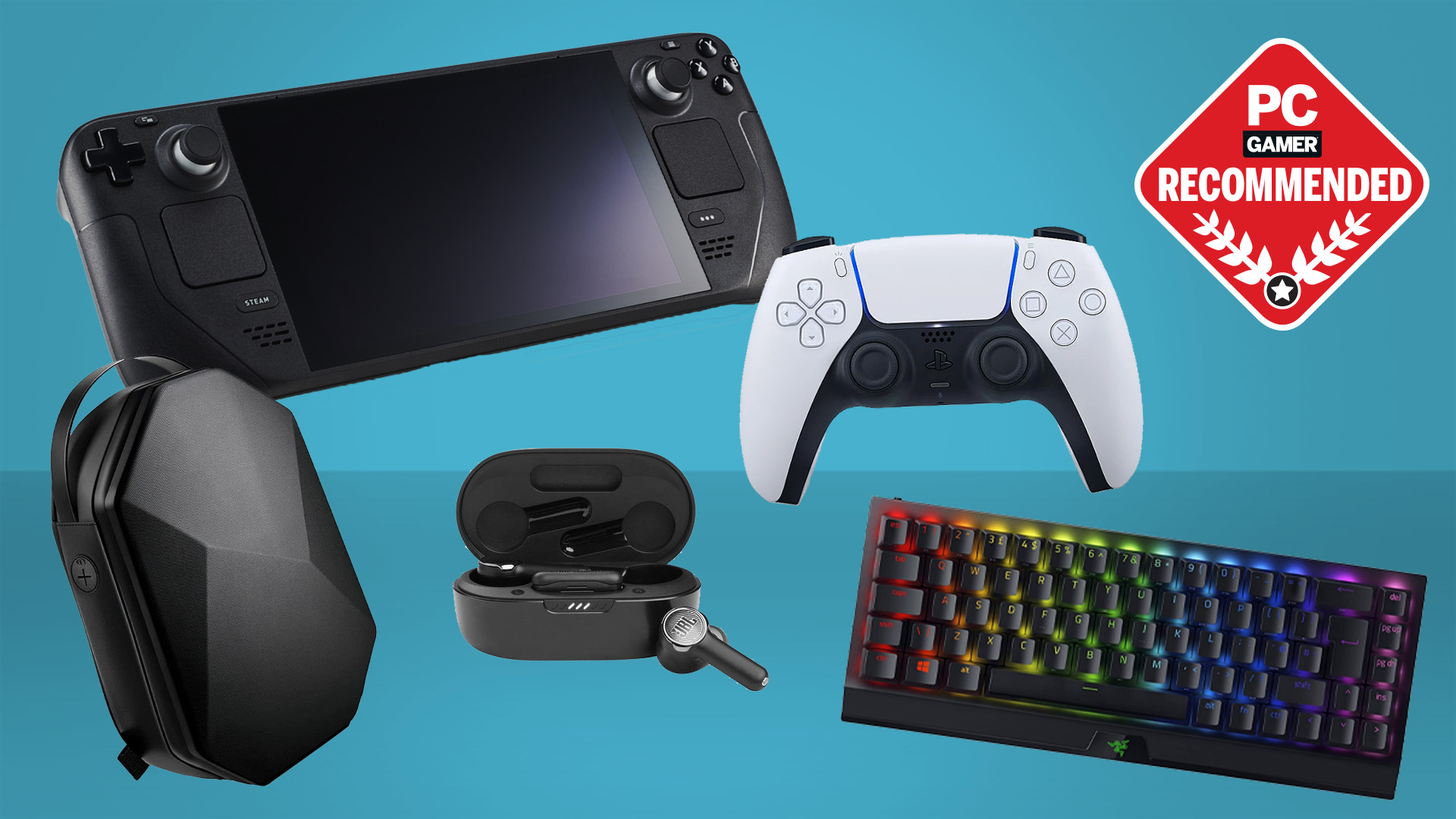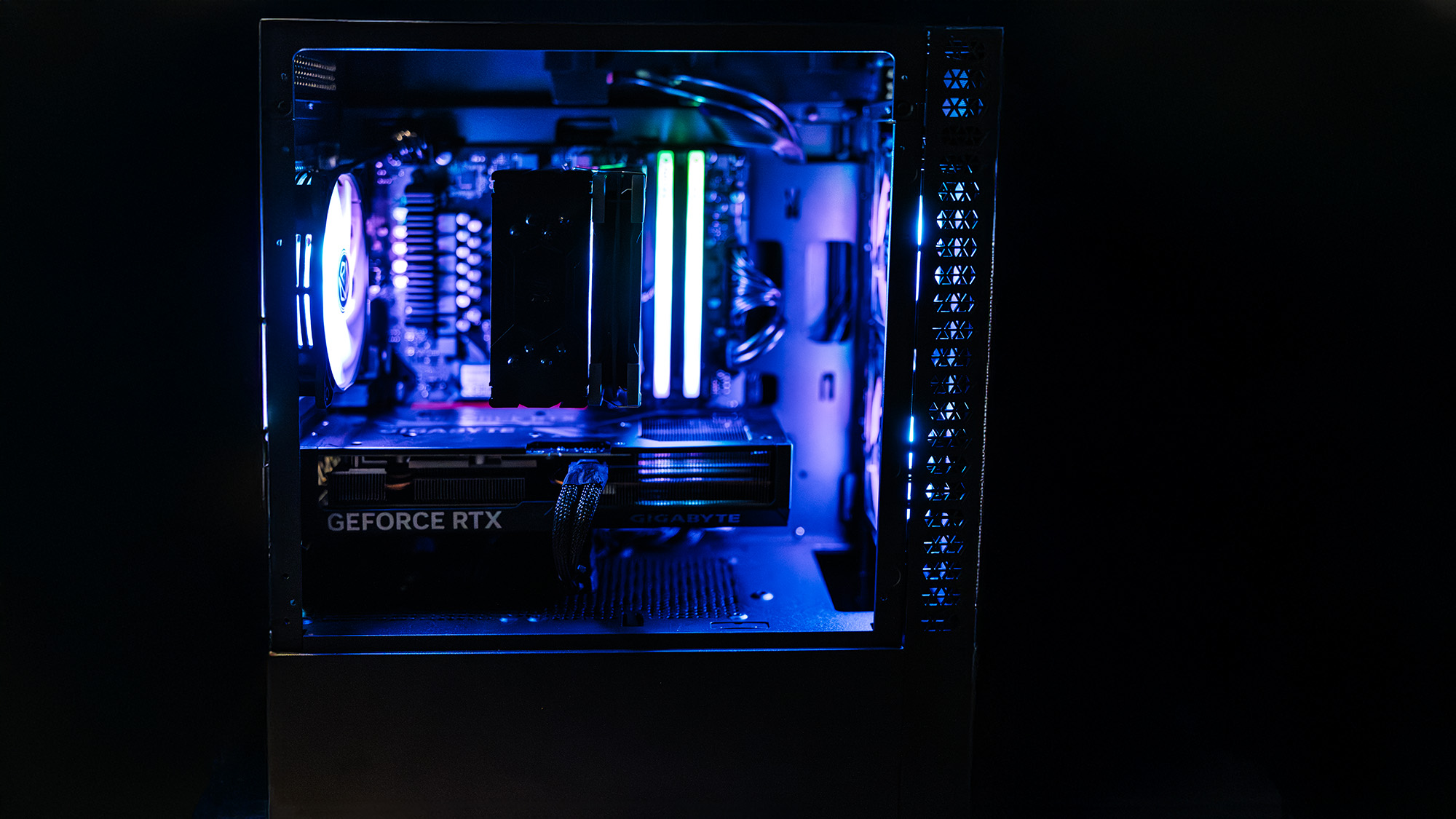
Assassin's Creed Shadows should have been launching around about *checks watch* now, but alas, it was delayed and has a new launch date of March 20. If you're like me and have an older GPU, you might not have cared much either way as you might have assumed decent performance the title would be out of reach. Well if so, fear not, because a recent Q&A with the game's technology director leads us to believe it will run on older hardware.
The main litmus test is ray tracing, as games today (*cough* Indiana Jones and the Great Circle *cough*) are moving towards a 'ray tracing by default' approach, ie, where you can't play the game at all without ray tracing. On this front, technology director Pierre F gives us plenty of hope:
"If your GPU does not support hardware raytracing, such as pre-RTX GPUs, we have developed our own solution to allow competent, yet older, GPUs to run Assassin's Creed Shadows. The game will use a proprietary software-based raytracing approach developed specifically for that."
Software ray tracing isn't exactly new. Lumen, in Unreal Engine 5, for example, is a software-based ray tracing and global illumination solution. But if this Assassin's Creed Shadows solution is proprietary and "designed specifically" for pre-RTX GPUs, there's reason to be hopeful it'll perform quite well even on older hardware—hopefully better than Lumen does. Ubisoft's got at least some experience with this, as its other big engine, Snowdrop, has been using software RT for a while (in Pandora and Outlaws, for example).
The technology director says: "We made efforts to support pre-RTX GPU (GTX 1070, GTX 1080TI and equivalent) that are still competent today but lack hardware level raytracing capabilities. To further highlight our commitment to this direction, we've developed a proprietary software raytraced GI [global illumination] solution to support the new dynamic Hideout."
This is implemented because there is, unfortunately, a definite ray tracing requirement for at least some of the game. This might make us wonder: Okay, what if I can do ray tracing but I don't have a card that can do ray tracing well? Thankfully, the devs are giving the option for a "Selective Raytracing" mode that will only use ray tracing when in the Hideout portion of the game.
"The reason behind this is that the Hideout allows extensive player customization at a level never seen before on Assassin's Creed. Because of that, we cannot use traditional, pre-calculated, global illumination techniques, and therefore need to adopt a real-time approach. In all other gameplay situations, such as in the open world, raytracing will not be used."
The biggest gaming news, reviews and hardware deals
Keep up to date with the most important stories and the best deals, as picked by the PC Gamer team.
So much for ray tracing, but it doesn't stop there. The game's also going to allow us to mix and match our frame gen and upscaling solutions. This means that I (with my RTX 3060 Ti) and others like me should be able to slap on DLSS upscaling alongside FSR frame gen, for instance. Neat.
There are some other peculiar shenanigans going on that might make for decent performance on older hardware, too: "Various upscaling technologies (TAA, DLSS, FSR and XeSS) can be used in conjunction with dynamic resolution scaling to target a given framerate, in which case the game will adapt pre-upscaling resolution to try and reach the desired FPS."

Best CPU for gaming: The top chips from Intel and AMD.
Best gaming motherboard: The right boards.
Best graphics card: Your perfect pixel-pusher awaits.
Best SSD for gaming: Get into the game ahead of the rest.
So... a doubly dynamic scaling and upscaling system, then? That seems complicated to balance out but whatever helps, I suppose.
The game also uses the company's "proprietary Micropolygons system" which is "a virtualized geometry system which allows us to render more polygons with more level of details continuity [sic]." Crucially, it features a scalable preset, "from Low to Ultra", which presumably means you'll be able to get quite low-poly with it if you need to.
This wouldn't necessarily be a boon if Pierre F didn't seem so confident that the whole thing should make for a great experience on lower-end hardware. But he does seem confident: "The game will look stunning even on the lowest settings. Everyone will enjoy the experience."
Fingers crossed this all pans out as planned. It's not as if there are a ton of high-end graphics cards lining the shelves right now; older hardware might be what a lot of us have to make do with. I guess we'll find out when the game launches, which should be pretty soon.

Jacob got his hands on a gaming PC for the first time when he was about 12 years old. He swiftly realised the local PC repair store had ripped him off with his build and vowed never to let another soul build his rig again. With this vow, Jacob the hardware junkie was born. Since then, Jacob's led a double-life as part-hardware geek, part-philosophy nerd, first working as a Hardware Writer for PCGamesN in 2020, then working towards a PhD in Philosophy for a few years (result pending a patiently awaited viva exam) while freelancing on the side for sites such as TechRadar, Pocket-lint, and yours truly, PC Gamer. Eventually, he gave up the ruthless mercenary life to join the world's #1 PC Gaming site full-time. It's definitely not an ego thing, he assures us.

